Mauget to host TCIA/OSHA Workshop
One-day Spanish Language EHAP workshop funded by OSHA Susan Harwood Grant SH27671SH5
Taller EHAP en lenguaje español financiado por la Subvención OSHA Susan Harwood SH27671SH5
Electricity is a serious and widespread hazard to arborists. In fact, electricity causes about 30 percent of all fatalities in the tree care industry, making it the leading cause of worker fatalities.
La electricidad es un peligro extendido y serio para los arboristas. De hecho, la electricidad causa cerca del 30 por ciento de todas las muertes en la industria del cuidado de árbol, convirtiéndola en la causa principal de mortandad en los trabajadores.
Since even a street lamp circuit or phone line can be energized with enough voltage to kill, almost all arborists in the field have at least some exposure to this hazard. In fact, workers don’t even have to touch a wire to be electrocuted – about half of all electrocution fatalities are the result of indirect contact. Tree branches and other conductive objects are an ever-present threat for the industry.
Puesto que aún un circuito de farol de calle o una línea telefónica puede estar energizado con voltaje suficiente para matar, casi todos los arboristas en el campo tienen al menos alguna exposición a este peligro. De hecho, los trabajadores ni siquiera tienen que tocar un alambre para ser electrocutados – cerca de la mitad de todas las mortandades por electrocución ocurren como resultado de contacto indirecto. Las ramas de árbol y otros objetos conductores son un peligro siempre presente para la industria.
All arborists must be trained to recognize and avoid these electrical hazards. Qualified line-clearance arborists must have additional knowledge about electrical hazards and the special techniques used to work safely near electrical conductors.
Todos los arboristas deben ser entrenados para reconocer y evitar estos peligros eléctricos. Los arboristas calificados de limpieza de línea tienen conocimiento adicional acerca de los peligros eléctricos y las técnicas especiales usadas para trabajar con seguridad cerca de los conductores eléctricos
TCIA was recently awarded a federal grant in the amount of $124,746 from the Occupational Safety and Health Administration (OSHA).
TCIA recibió recientemente un subsidio federal por la cantidad de $124,746 de la Administración de Seguridad y Salud Ocupacional (OSHA por siglas en inglés).
The grant, SH27671SH5, was awarded through the Susan Harwood Training Grant Program, which provides funding for nonprofit organizations to conduct in-person, hands-on training and educational programs for employers and workers on the recognition, avoidance and prevention of safety and health hazards in their workplaces.
El subsidio, SH27671SH5, fue otorgado a través del Programa de Subsidios para Entrenamiento Susan Harwood, el cual provee fondos para que organizaciones sin fines de lucros conduzcan programas de entrenamiento y educacionales en persona, prácticos, para patrones y trabajadores acerca de reconocer, evitar, y prevenir los peligros de seguridad y salud en sus lugares de trabajo.
These select workshops financed 100 percent through federal funds, will be offered to affected employees and owners of small businesses, including limited-English, low-literacy and hard-to-reach workers.
Estos talleres selectos, financiados 100 por ciento a través de fondos federales, serán ofrecidos a los empleados afectados y dueños de pequeños negocios, incluyendo trabajadores con inglés limitado, poca alfabetización, y difíciles de alcanzar.
This material was produced under grant SH27671SH5 from the Occupational Safety and Health Administration, U. S. Department of Labor. It does not necessarily reflect the views or policies of the U.S. Department of Labor, nor does mention of trade names, commercial products, or organizations imply endorsement by the U.S. Government.
Este material fue producido bajo la subvención SH27671SH5 de la Administración de Seguridad y Salud Ocupacional, Departamento de Trabajo de Estados Unidos. No reflejan
necesariamente los puntos de vista o políticas del Departamento de Trabajo, y la mención de marcas registradas, productos comerciales u organizaciones no implica aprobación por parte del gobierno de Estados Unidos.
Registrations from one company are capped at 5, until one week before the workshop when all empty seats are released. Sorry, no walk-ins. Registration is transferrable.
Inscripciones de una compañía están limitadas a 5, hasta una semana antes del taller cuando todos los lugares libres son liberados. Lo sentimos, pero no hay visitantes de último minuto. La inscripción es transferible.
Registration starts at 8:80 AM
Earn 7.0 ISA and CTSP CEUs for attending. After the workshop, you can get an additional 7.0 ISA and CTSP CEU’s upon completion of the EHAP training program (by submitting tests and other requirements to TCIA). You will also receive a certificate of completion, helmet decal and laminated wallet card upon completion.



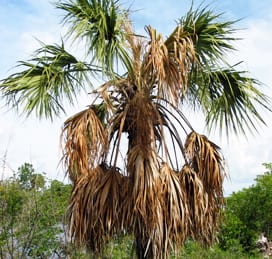
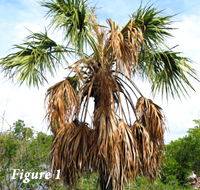
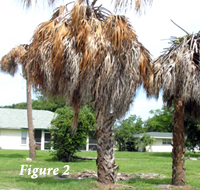
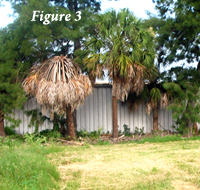
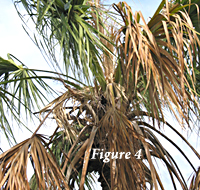
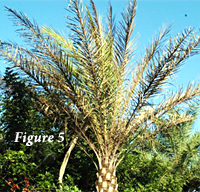
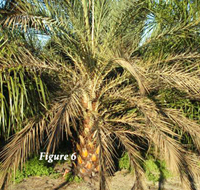
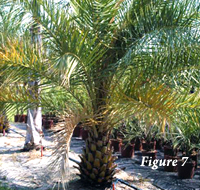
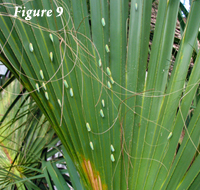
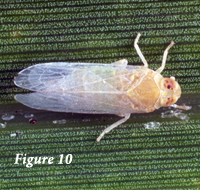
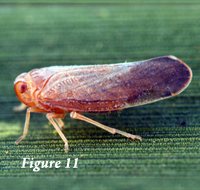

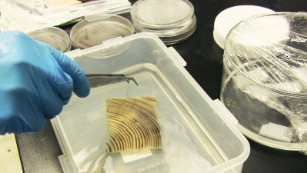
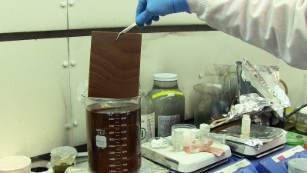
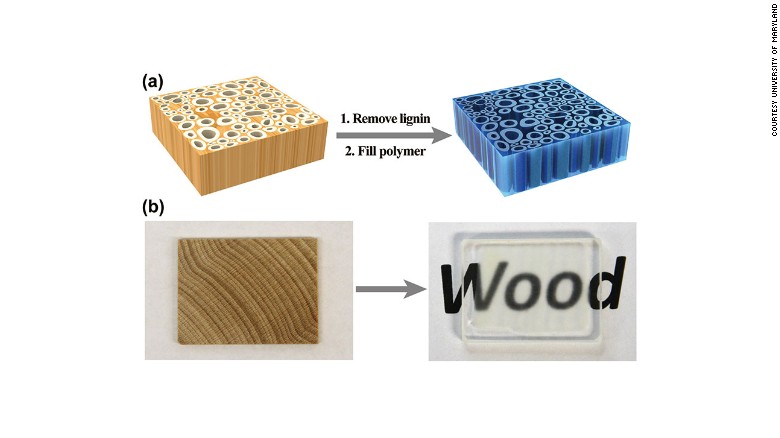

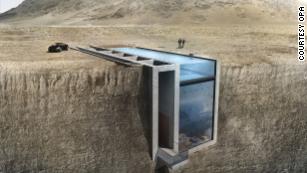

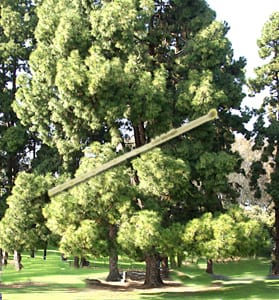
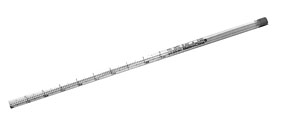
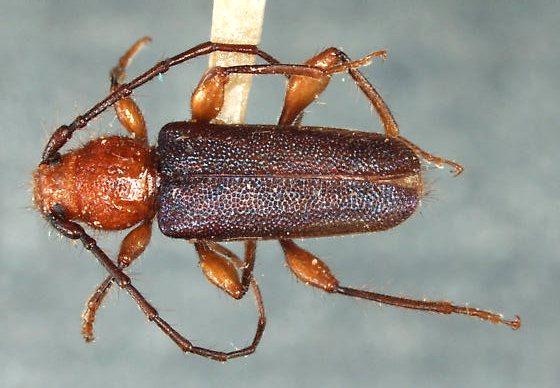
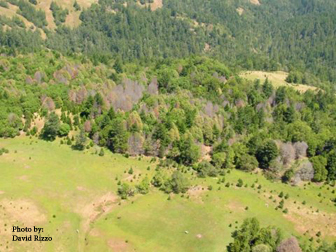 According to some researchers, the sudden oak death epidemic in California can not now be stopped, but that its tremendous ecological and economic impacts could have been greatly reduced if control had been started earlier. The research also identifies new strategies to enhance control of future epidemics, including identifying where and how to fell trees, as ‘there will be a next time.’
According to some researchers, the sudden oak death epidemic in California can not now be stopped, but that its tremendous ecological and economic impacts could have been greatly reduced if control had been started earlier. The research also identifies new strategies to enhance control of future epidemics, including identifying where and how to fell trees, as ‘there will be a next time.’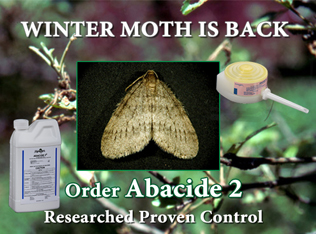
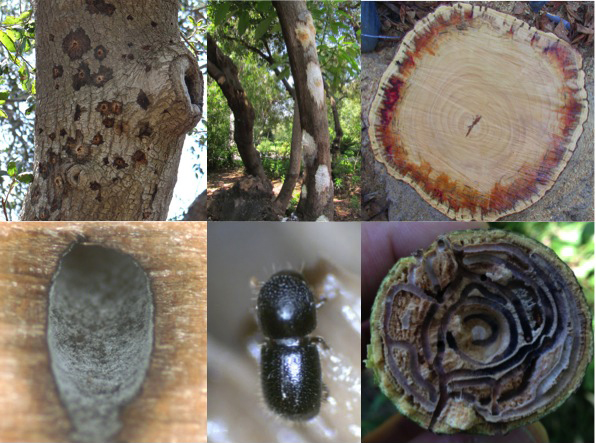 California Sycamore (Platanus racemosa)* , Coast live oak (Quercus agrifolia)*, Engelmann Oak (Quercus engelmannii)*, Valley oak (Quercus lobata)*, Cottonwood (Populus fremontii)*, Box elder (Acer negundo)*, Big leaf maple (Acer macrophyllum)*, Mesquite (Prosopis articulata)*, Cottonwood (Populus fremontii)*, Black cottonwood (Populus trichocarpa)*, White Alder (Alnus rhombifolia)*, Blue palo verde (Cercidium floridum)*, Mesquite (Prosopis articulata)*, Goodding’s black willow (Salix gooddingii)*, Red Willow (Salix laevigata)*, Mule Fat (Baccharis salicifolia)*
California Sycamore (Platanus racemosa)* , Coast live oak (Quercus agrifolia)*, Engelmann Oak (Quercus engelmannii)*, Valley oak (Quercus lobata)*, Cottonwood (Populus fremontii)*, Box elder (Acer negundo)*, Big leaf maple (Acer macrophyllum)*, Mesquite (Prosopis articulata)*, Cottonwood (Populus fremontii)*, Black cottonwood (Populus trichocarpa)*, White Alder (Alnus rhombifolia)*, Blue palo verde (Cercidium floridum)*, Mesquite (Prosopis articulata)*, Goodding’s black willow (Salix gooddingii)*, Red Willow (Salix laevigata)*, Mule Fat (Baccharis salicifolia)*